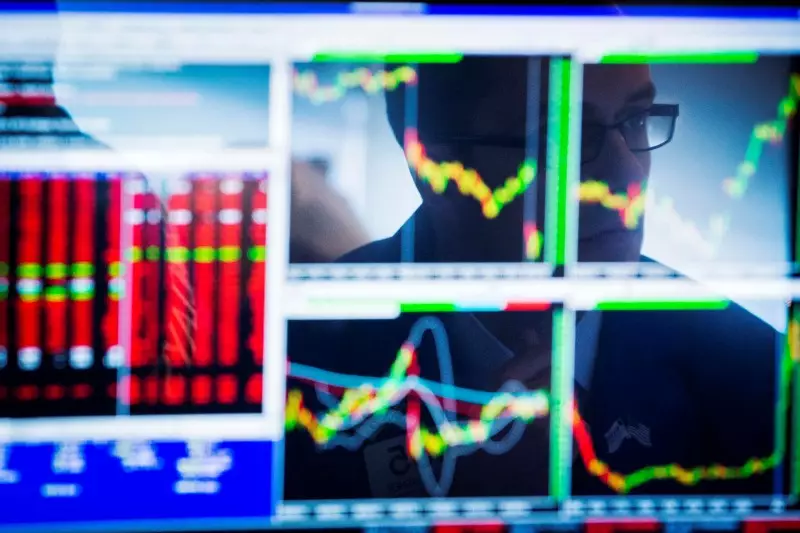The Iranian rial is currently experiencing a significant decline, plunging to unprecedented lows against the U.S. dollar. Reports indicate that the rial reached an alarming rate of 756,000 rials to one dollar in the unofficial market as of Saturday, an increase from 741,500 rials the previous day. This sharp depreciation, observable on financial platforms like Bonbast.com, reflects broader economic turmoil exacerbated by regional tensions and political uncertainty.
Compounding the issue is Iran’s soaring inflation rate, currently hovering around 35%. With economic conditions deteriorating, many Iranians are gravitating towards more stable currencies, gold, and even cryptocurrencies in a desperate bid to preserve their wealth. These decisions illustrate a growing trend of capital flight, where citizens seek refuge in assets perceived to be more secure. Such behavior not only highlights a critical lack of confidence in the rial but also signals potential future instability for Iran’s economy.
Impact of Political Changes
The economic plight of the rial is largely intertwined with geopolitical factors, particularly the anticipated policies of U.S. President Donald Trump, who is set to assume office in January. Concerns are brewing regarding Trump’s potential reinstatement of his administration’s “maximum pressure” strategy, which could lead to stricter sanctions against Iran. The rial’s position deteriorated as it has been on a downward trajectory, trading notably near 690,000 rials to the dollar earlier in November, driven largely by fears of renewed sanctions that could further cripple the economy.
The Iranian economy also feels the repercussions of international actions. The UN nuclear agency‘s board, recently passing a resolution targeting Tehran, raises the specter of additional sanctions. This situation is exacerbated by the political landscape in the region, particularly following the instability surrounding Syria and the waning influence of President Bashar al Assad, a crucial ally to Iran. The deterioration of support systems and allies only intensifies Iran’s precarious economic position.
The Legacy of Economic Sanctions
The backdrop of these developments includes the heavy sanctions imposed by Trump in 2018, which dismantled years of progress made under the 2015 nuclear deal initiated by former President Barack Obama. This deal had initially curtailed Iran’s uranium enrichment activities and offered a respite to the economy. Nevertheless, following the U.S. withdrawal, Iran’s rial saw a staggering decline in value, losing over 90% of its worth since the sanctions were reinstated.
The situation facing Iran’s currency is alarming, characterized by a volatile economic climate, increasing inflation, and looming geopolitical uncertainties. As Iranians turn to alternative means of securing their savings, one can’t help but wonder about the long-term implications of these economic trends on the nation’s stability and prospects for recovery. Without substantial changes in both domestic policies and international relations, the rial’s struggle appears far from over, leaving many to question the trajectory of Iran’s financial future.

